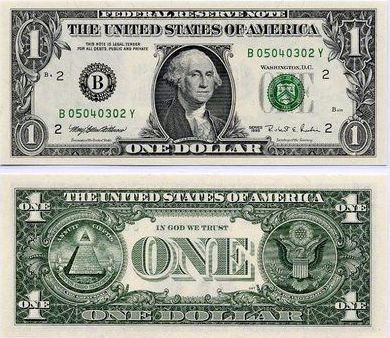
Calvino's lecture titled "Visibility" was focused on images and their origin. The origin of images as being internally generated or impressed upon us has been a long discussed argument. This argument is one that would be hard to end. Instead I would like to use the information from this lecture that addressed Visibility as a paart of the imaginative process. This process is not solely verbal, but rather should include the visual as well. Calvino used the words of Loyola who believed that greater knowledge could be achieved through images rather than just words alone. The idea of the image or images being a part of the imaginative process can be seen in a place like an art class, but many would probably not consider the what we have discussed as the main and seen as important works of literature include little if any images at all. Rather, "sophisticated litearature" up to this point has seemed to solely rely on the power of the written word, and in most cases MANY written words. Calvino's Visibility suggests the power of the image to the imaginitive process of the literary, and rather then the image taking away from the words or making them juvenile, the image(s) add to the greater knowledge as suggested by Loyola.
Rather than a painting to exemplify this particular lecture, I felt that the image of an American dollar bill was appropriate. First the words found within the image must be considered. "The United State of America" and "In God We Trust" are, in my opinion, un-arguably emotionally loaded. However, when they are attached to the one dollar bill and a picture of our first president, George Washington, the founder of "The United State of America" greater knowledge and understanding of these terms is truly possible. Regardless of personal opinion concerning these two phrases, it is undeniable that the connection of the image of the dollar bill with these phrases is a major part in the process of creating the knowledge this bill has to offer its "reader".
From what I have seen so far, the image and visibility is an important part of Electronic Literatue. In several examples viewed in class so far, the simple fact that the written words is mobile is somewhat new, at least to me, when I think of the literature I have been exposed to. Even if Electronic Literatue holds true to using mostly the verbal, the movement of these words rather than them being literally stuck on the page is visibility in this "futuristic" form of the literary.
Literary example: "Lord of the Flies" by William Golding.
I chose this particular work to correspond with Calvino's concept of multiplicity because when I read this particular work in highschool, I remember that a lot of the time was spend in the symbolism of the book. Various things reprsented abstract ideas such as power, or social class workings within a society. This book has visibility because it can be taken at face value, like symbols, or it can alse be seen as a piece of print literature that represents and communicates much more than is written on the pages.

No comments:
Post a Comment